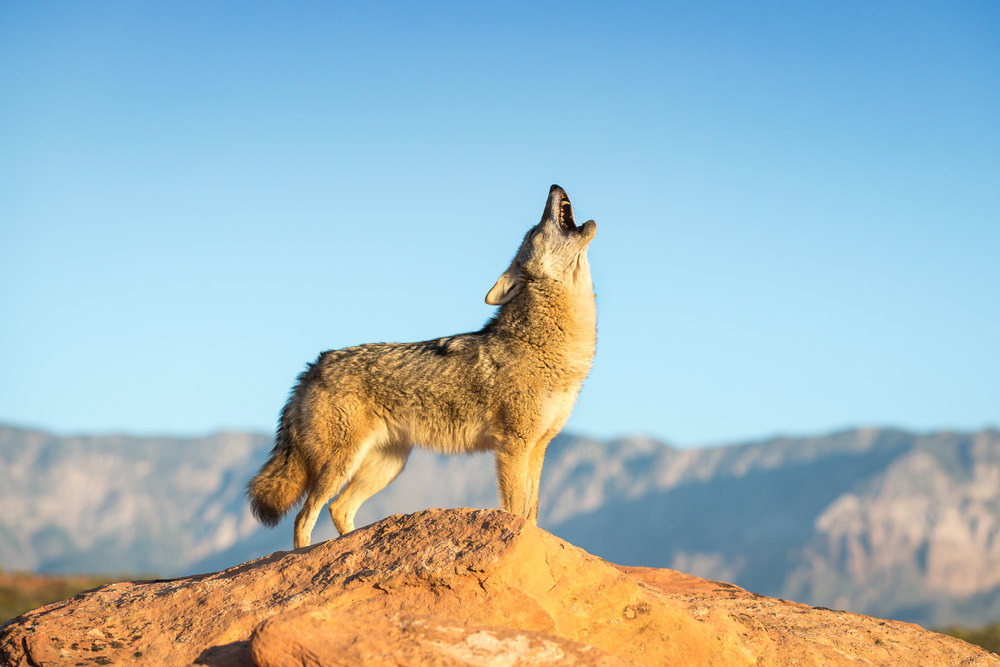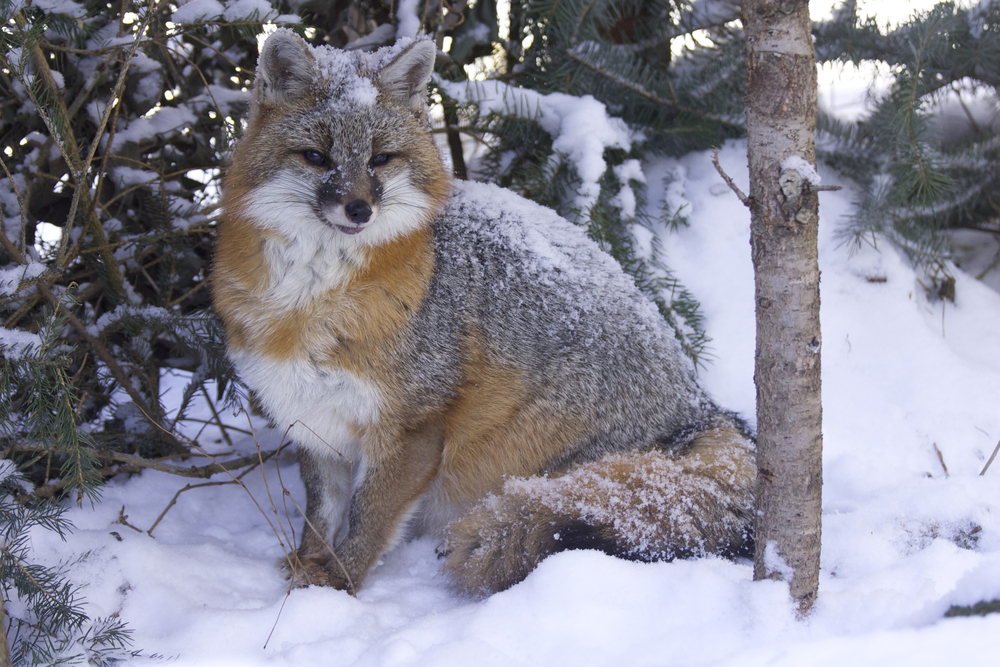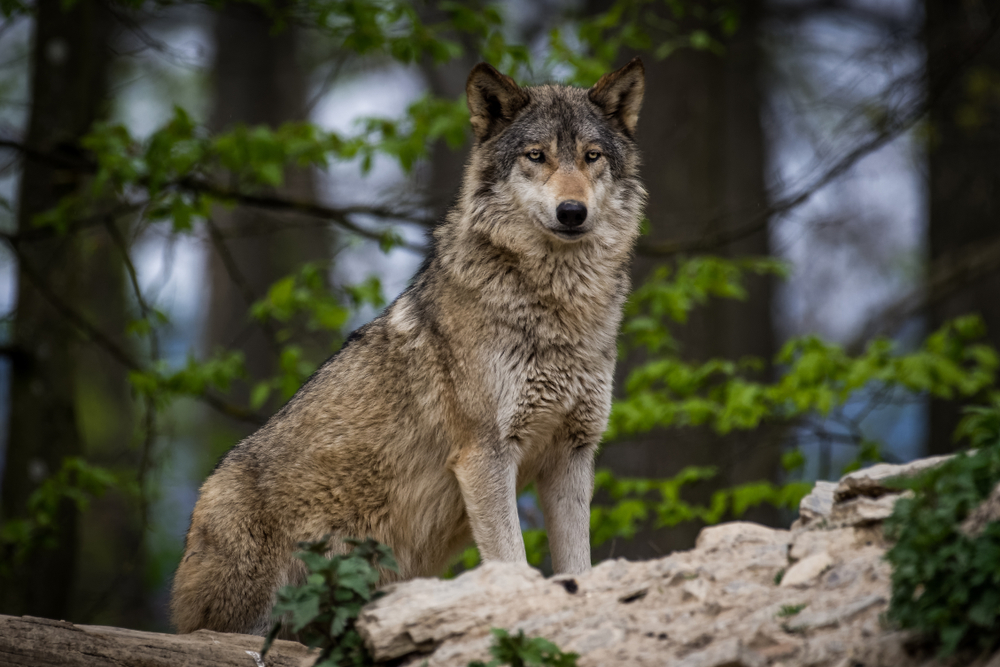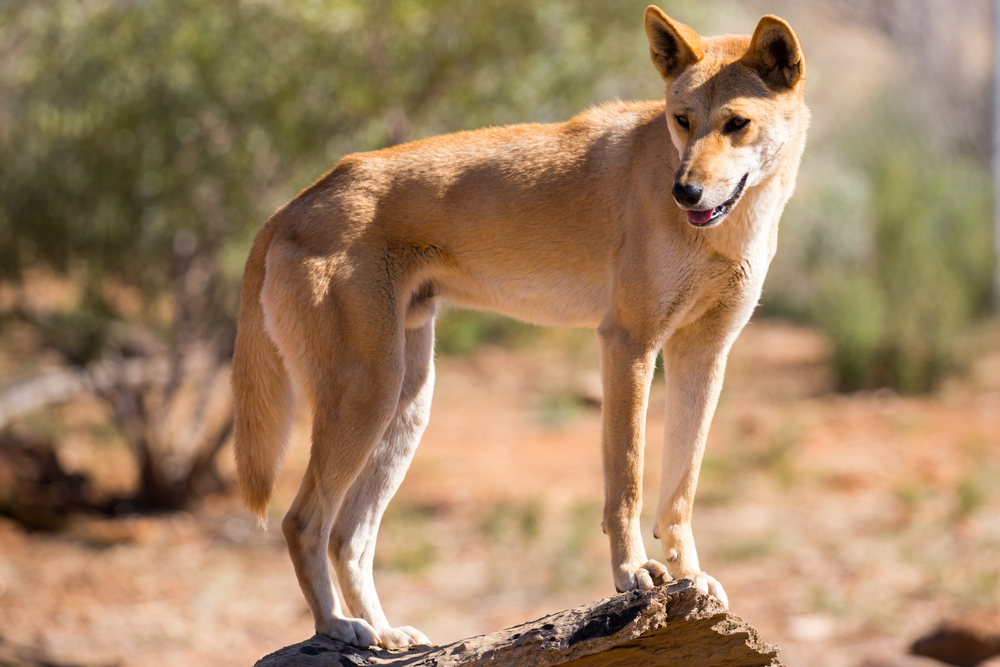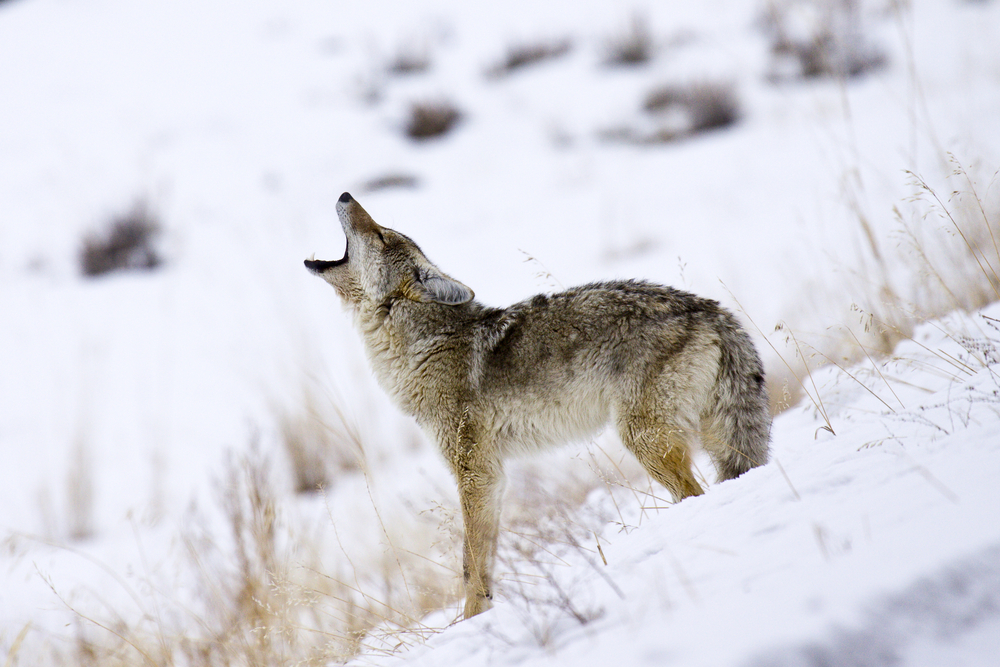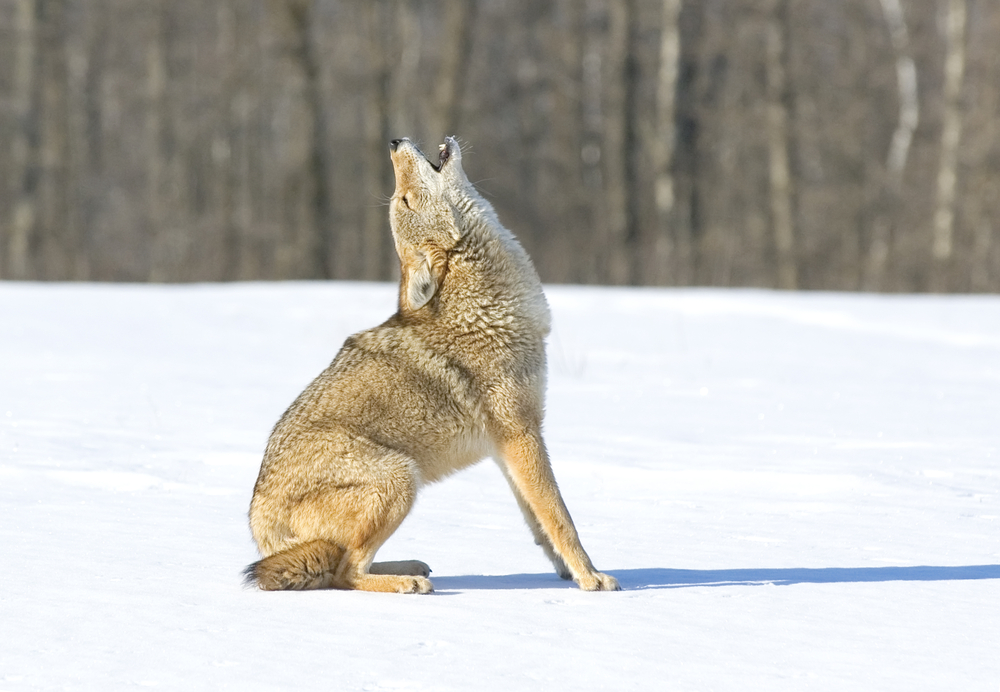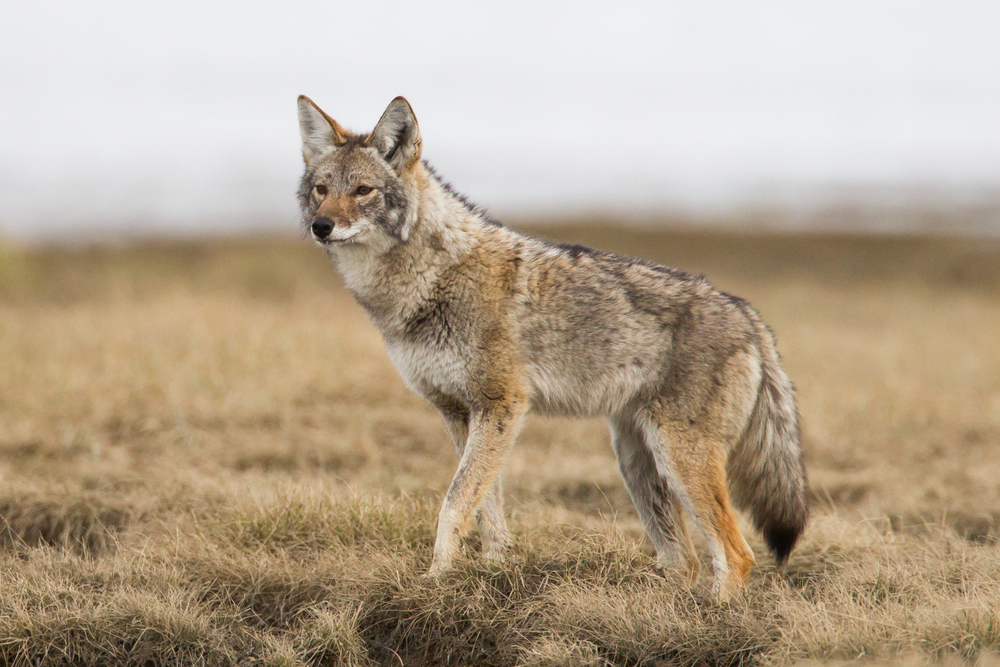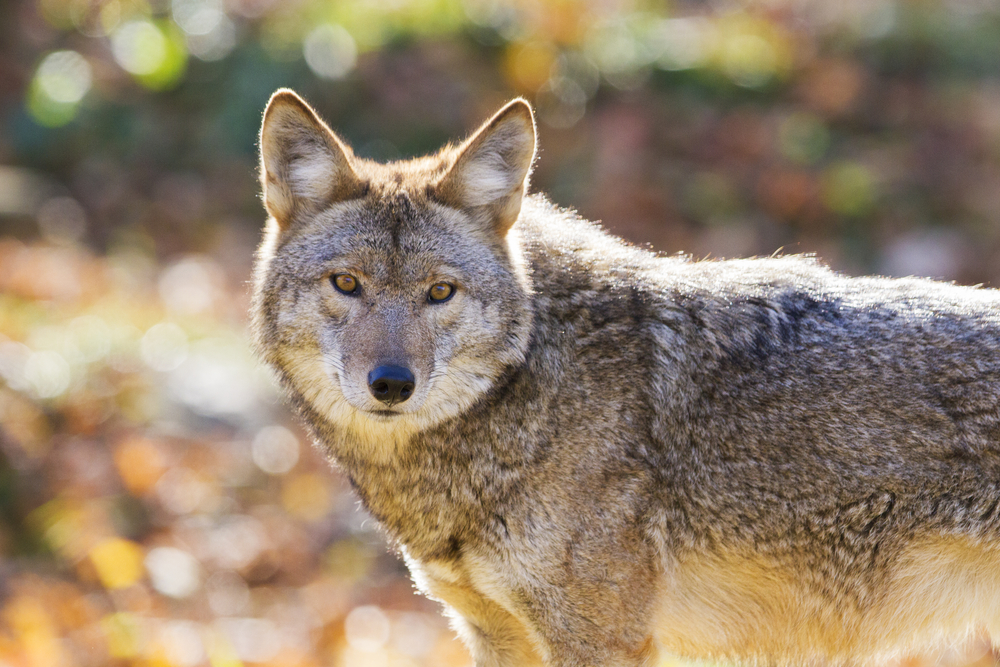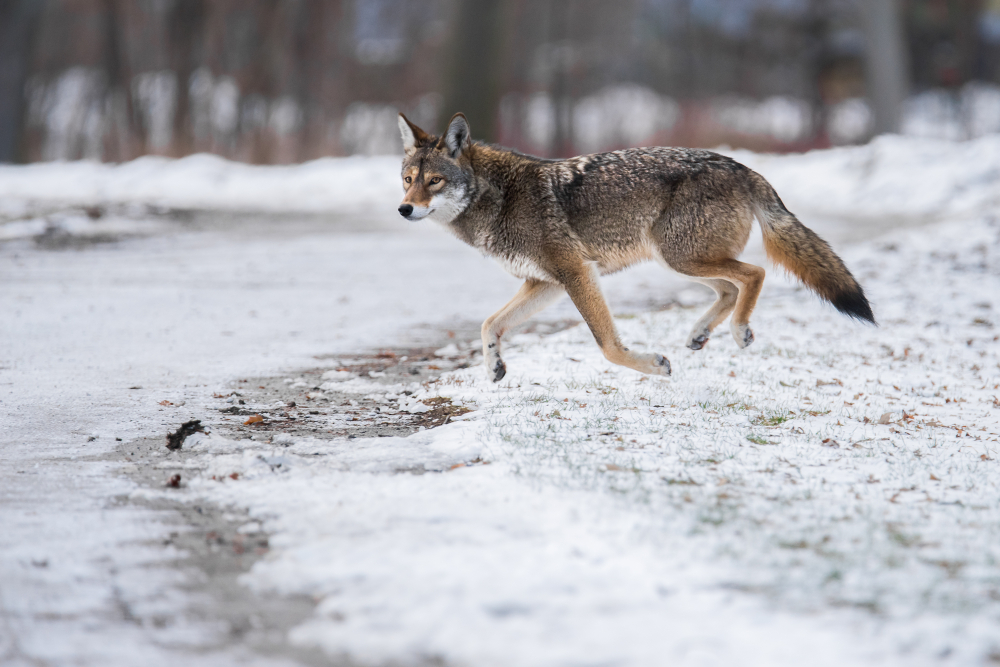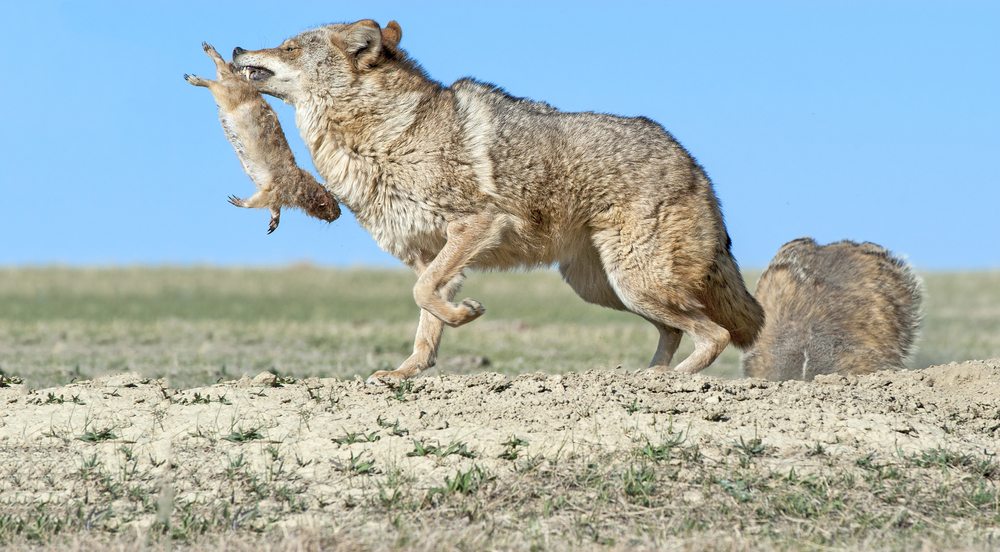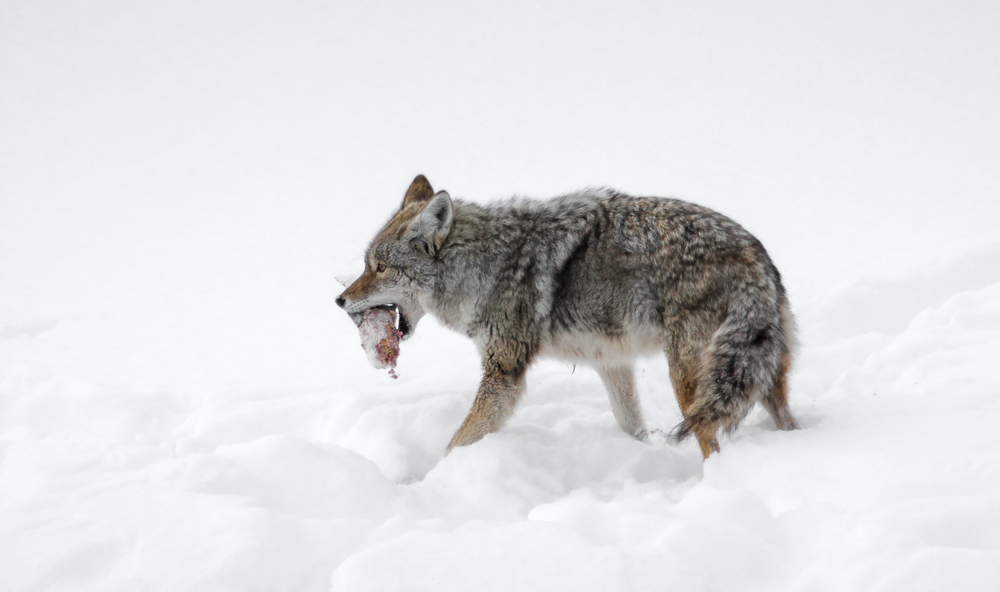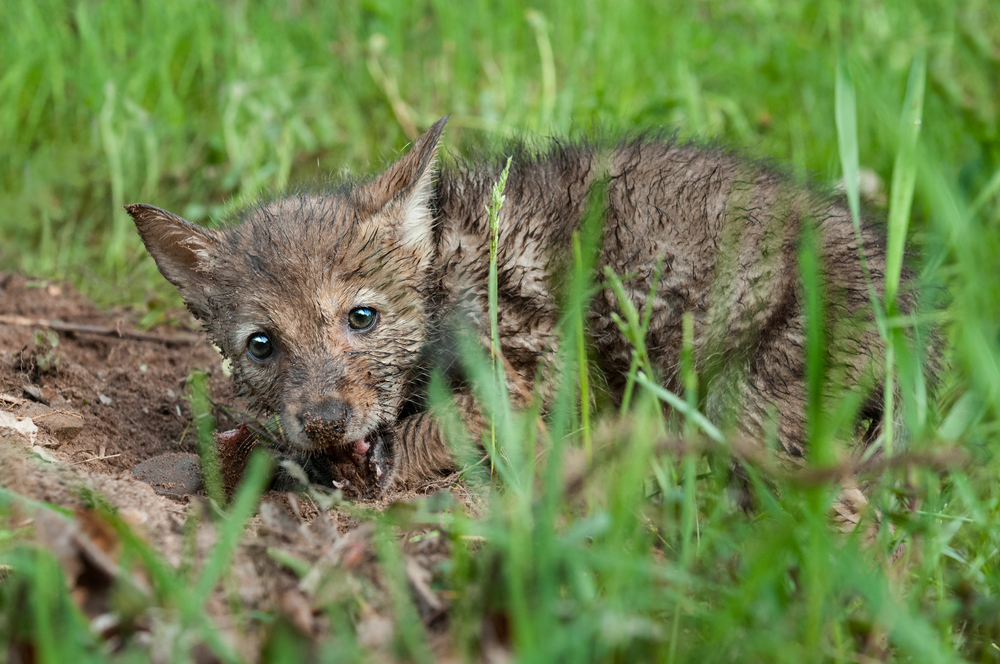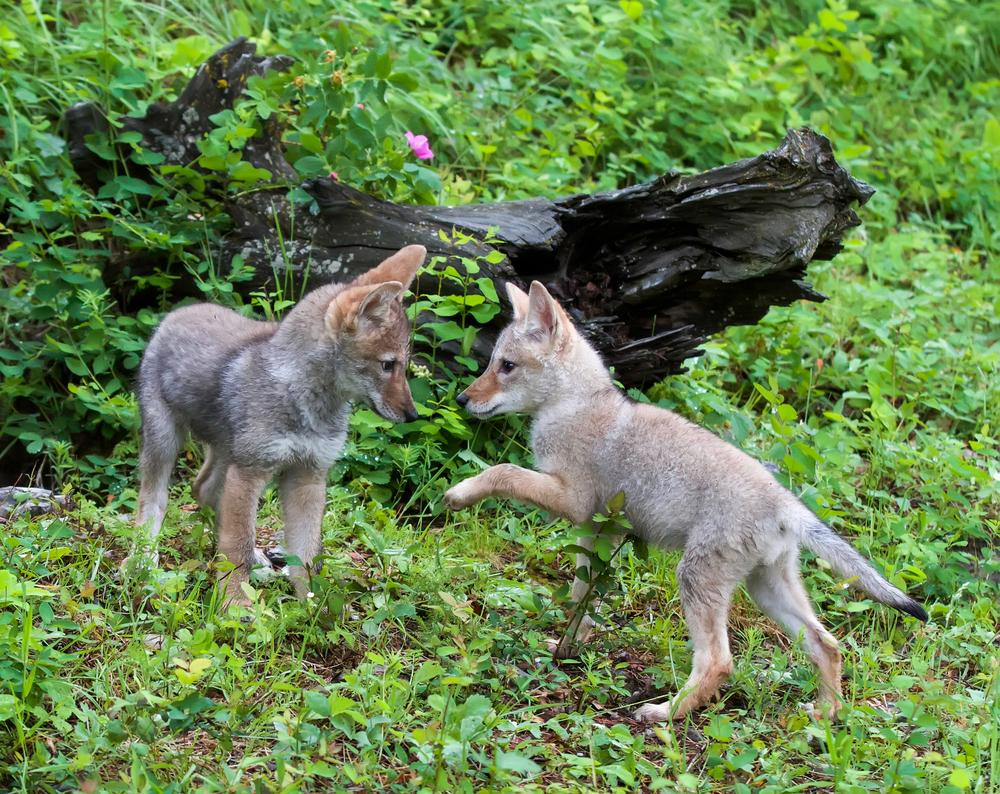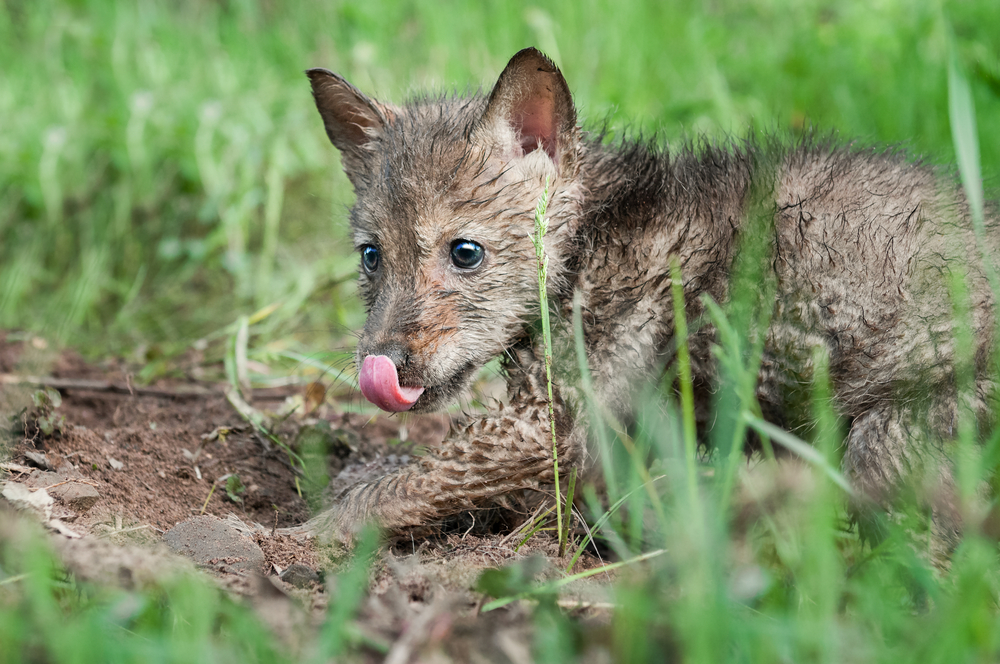Coyotes and wolves are both members of the Canidae family and share some similarities, but they also have several key differences:
- Size and Appearance:
- Coyotes are smaller, typically weighing 20-50 pounds (9-23 kg) and measuring 32-37 inches (81-94 cm) in length, excluding the tail. They have a slender, more dog-like appearance, with a pointed nose and upright ears.
- Wolves are larger, with weights ranging from 70 to 145 pounds (32-66 kg) and lengths of 4.5 to 6.5 feet (1.4-2 meters), including the tail. They have a robust build, broader head, and larger, more rounded ears.
- Coat Color:
- Coyotes usually have a grayish-brown to reddish-brown coat with white fur on their throats and bellies. They may also have black markings and a bushy tail with a black tip.
- Wolves exhibit more color variations, with gray wolves being the most common. They can range from gray to black, white, or even reddish-brown, depending on their subspecies and location.
- Behavior:
- Coyotes are generally solitary hunters, but they can form small family groups consisting of a mated pair and their offspring. They are known for their adaptability and often thrive in suburban and urban areas.
- Wolves are social animals that live in packs. These packs have a hierarchical structure led by an alpha pair. They are more specialized hunters, often targeting larger prey like deer and elk.
- Habitat:
- Coyotes are highly adaptable and can inhabit a wide range of environments, including deserts, grasslands, forests, and urban areas. They are found throughout North and Central America.
- Wolves have more specific habitat requirements and are commonly associated with forests, tundra, and wilderness areas. They have a more limited distribution compared to coyotes.
- Communication:
- Coyotes communicate using a variety of vocalizations, including howls, barks, and yips. These vocalizations serve multiple purposes, including maintaining contact with pack members.
- Wolves are known for their distinctive howling, which plays a significant role in pack communication. Their howls can carry over long distances and serve to coordinate pack activities.
- Diet:
- Coyotes have a varied diet, including small mammals, birds, insects, plants, and carrion. They are opportunistic feeders and adapt their diet based on food availability.
- Wolves primarily hunt ungulates (hoofed mammals) such as deer, moose, and elk. They are carnivorous predators and rely on large prey for sustenance.
- Conservation Status:
- Coyotes are considered a species of least concern in terms of conservation status. Their adaptable nature has allowed them to thrive despite human encroachment.
- Wolves have various subspecies, some of which are endangered or threatened in certain regions due to habitat loss and hunting. Gray wolves, in particular, have faced conservation challenges.
In summary, while coyotes and wolves share a common ancestry, they have distinct differences in size, appearance, behavior, habitat, and ecological roles. These distinctions have enabled them to occupy different niches within the Canidae family and adapt to various environments.





































































